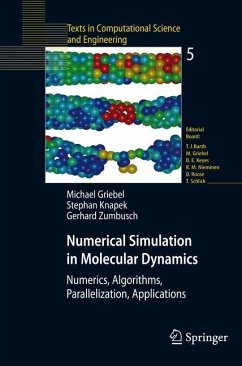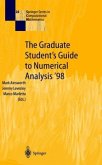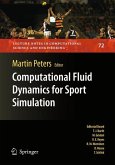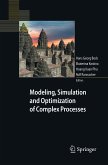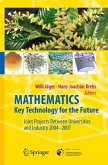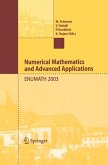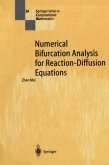Particle models play an important role in many applications in physics, chemistry and biology. They can be studied on the computer with the help of molecular dynamics simulations. This book presents in detail both the necessary numerical methods and techniques (linked-cell method, SPME-method, tree codes, multipole technique) and the theoretical background and foundations. It illustrates the aspects modelling, discretization, algorithms and their parallel implementation with MPI on computer systems with distributed memory. Furthermore, detailed explanations are given to the different steps of numerical simulation, and code examples are provided. With the description of the algorithms and the presentation of the results of various simulations from the areas material science, nanotechnology, biochemistry and astrophysics, the reader of this book will be able to write his own programs for molecular dynamics step by step and to run successful experiments.
From the reviews: "Authors' aim for this book was to present the necessary numerical techniques of molecular dynamics in a compact form, to enable readers to write their own programs in the programming language C, implement these programs on parallel computers using MPI, and be motivated to repeat the presented numerical experiments ... . This goal has certainly been achieved and the book is strongly recommended both for individual study and as the basis for a graduate course for a wide range of computational mathematics and physics students." (Sebastian Reich, SIAM Review, Vol. 52 (1), 2010)

